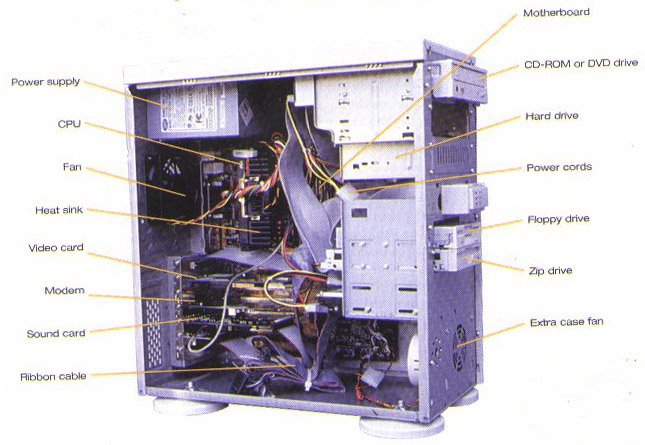 The X1950 main upgrade compared to the X1900 series specification wise is the increased memory bandwidth, as the memory chips are now running at 1000 Mhz (x2 DDR: 2000 Mhz - 2 Ghz). To achieve this speed ATI is using GDDR4 memory chips, these are blistering fast but don?t need extreme cooling to run at these speeds. Speaking about cooling, the new reference heatsink on this video card is quite a step up from the previous one. It?s larger, redder and looks to provide a better noise/performance ratio than any other high end ATI VGA card has had before.
The X1950 main upgrade compared to the X1900 series specification wise is the increased memory bandwidth, as the memory chips are now running at 1000 Mhz (x2 DDR: 2000 Mhz - 2 Ghz). To achieve this speed ATI is using GDDR4 memory chips, these are blistering fast but don?t need extreme cooling to run at these speeds. Speaking about cooling, the new reference heatsink on this video card is quite a step up from the previous one. It?s larger, redder and looks to provide a better noise/performance ratio than any other high end ATI VGA card has had before.
ATI Radeon X1950XTX PCI-E Video Card 100-435843, 512MB GDDR4, CrossFire Ready, HDTV, Avivo, w/ Dual DVI
Imagine games with hyper realistic light blooms, lifelike skin textures, and silky smooth hair. That's what it's like on ATI's fastest and most flexible 3D graphics processor. Radeon X1950 graphics. Never comprise.
Features: State-Of-The-Art Performance: Turn your PC into a gaming powerhouse. Ignite a new gaming experience by adding an additional CrossFire graphics card and a CrossFire Ready motherboard. Enjoy broad compatibility with games, graphics cards and motherboards. All Gaming All The Time: Rip through games with 512 MB of GDDR4 memory for maximum performance. Play the latest games with fast frame rates and "no compromise" image quality. Immerse yourself in photorealistic gameplay with simultaneous HDR and adaptive anti-aliasing effects. Avivo High-End Video and Display: Rediscover your photos and video and experience over 1 billion colors1. Watch crystal clear video playback. Ready your multimedia system for HDCP2 and watch high-definition content.
Specifications: 512 MB GDDR4 memory. Shader Model 3.0. High dynamic range. CrossFire ready. 2 x Dual-link DVI outputs. HDCP support. Video-in/Video-out. Windows Vista Premium Ready3.
System Requirements: PCI Express based PC is required with one x16 lane graphics slot. available on the motherboard and one additional adjacent expansion slot. Connection to the system power supply is required: 450-Watt power supply or greater, 30 Amps on 12 volt rail recommended (assumes fully loaded system). For CrossFire: 550 watt power supply or greater, 38 Amps on 12 volt rail. 512MB of system memory. Installation software requires CD-ROM drive. DVD playback requires DVD drive and decoder software (not included).





 As a result, the board supports four SerialATA channels which allow setting up two RAID arrays of levels 0,1 or MatrixRAID.
As a result, the board supports four SerialATA channels which allow setting up two RAID arrays of levels 0,1 or MatrixRAID.












